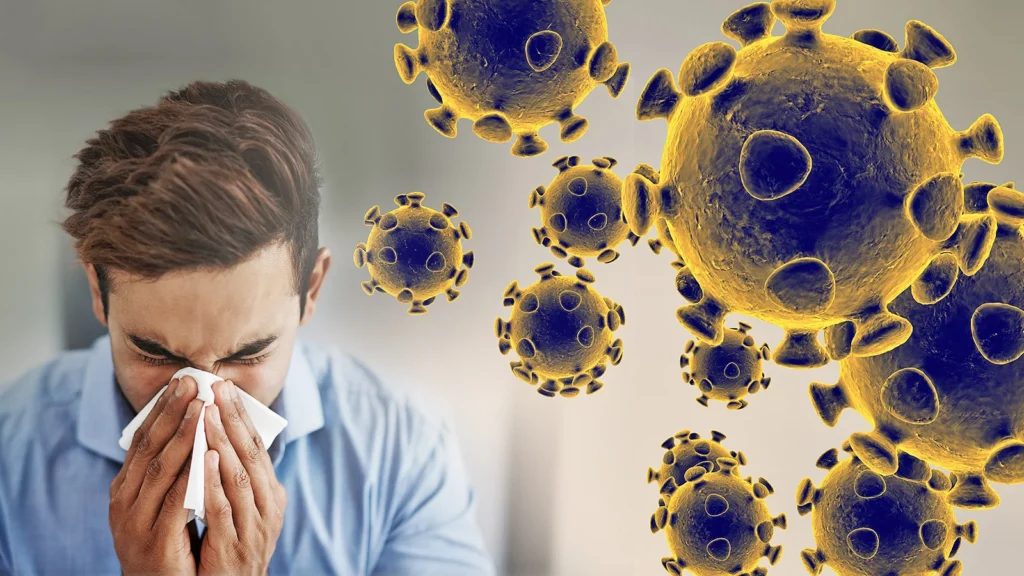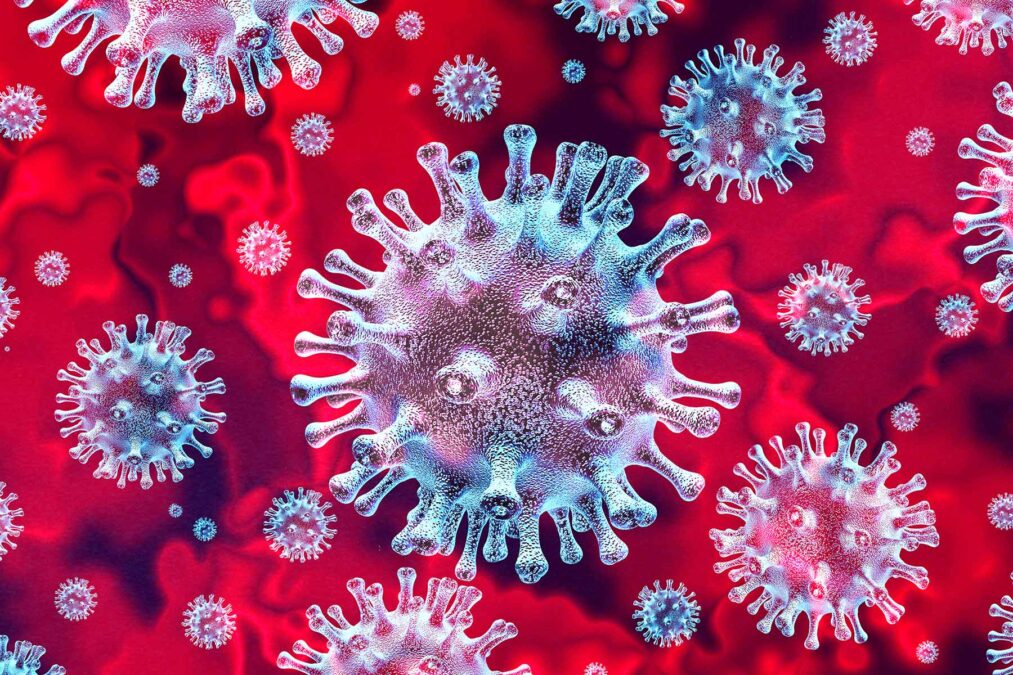5 Dangerous Diseases Caused by Viruses and Their Impact on Health

Discussing the diseases, a number of the deadliest and most prevalent diseases caused by viruses. These tiny microbes are the cause of some of the tightest health catastrophes in history. From annual seasonal flu eruptions to far worse situations such as HIV/AIDS and Ebola, the viruses are able to unleash devastating effects on global health. This article discusses five of the most dangerous diseases caused by viruses and how they influence the body and society as a whole.
Why we need to know viral diseases
Knowing all these viral infections that exist and their effects will enable us to take the necessary precautions. Most of these infections lead to long-lasting effects on people, families, and communities at large. Some of them are preventable but, if they are contagious, people start feeling terrible; hence, controlling them becomes a challenge. Awareness and early treatment remain a prerequisite in controlling their spread and the negative effects.
5 Fatal Viral Diseases

Let us now consider five of the most deadly viral diseases. All are lethal and have already given nightmares to millions of people worldwide.
Influenza (Flu)
Flu or otherwise known as influenza is one of the many viral diseases that exist or likely to be prevalent all around this world. However, it is somewhat a dynamic target because, as we know, influenza virus mutates frequently, and thus it becomes challenging to produce vaccines yearly. Some symptoms encompass fever, malaise, general body aches and pains, throat inflammation and sore throat, fatigue and tiredness. Usually it is benign, but can be lethal in elderly, infants and immunocompromised persons.
2. HIV/AIDS
HIV or Human Immune deficiency Virus is a virus that impacts on the body’s immune system and leaves it open to be invaded by other diseases. In any case, if HIV is not diagnosed early enough and treated, it will progress into AIDS – which is Acquired Immunodeficiency Syndrome at some point and can be deadly. Before, HIV was transmitted through ineffective protection during sexual activity besides the reuse of needles that touches the blood of others. HIV cannot be eradicated but there is available treatment in form of antiretroviral that helps prevent the infection and in extension the patient from getting AIDS.
3. Hepatitis B
Hepatitis B is an infection of the liver which is caused by the Hepatitis B virus but commonly referred to as the Australia antigen. This disease transmitted through body fluids: Some of the methods which have been identified to spread the disease include sexual practices and the use of needles. If the disease persists, it may lead to the following: diseases of the liver, cirrhosis and other malignant diseases of the liver. Similarly to this there is preventative vaccination also against Hepatitis B. The main ways of treating the disease in case it has been contracted are: eradication of the symptoms from the patient’s life and minimize the effect this disease has on the liver.
4. Human Papillomavirus (HPV)
HPV is a viral skin and mucosa disease that affects only human beings. Among them, although most of the subtypes of HPV are benign, they could be carcinogenic. Human papillomavirus is most commonly linked with women’s cervical cancer. Fortunately, there is a nearly perfect vaccine that is used regularly in the prevention against the worst forms of HPV.
5. Ebola Virus Disease (EVD)
Ebola is a serious, lethal disease caused by the Ebola virus. Person-to-person transmission occurs when an individual contacts the blood, body fluids, or tissues of infected people or animals. The outbreaks are so rare and fatal and symptomatic; generally ranging from fever to vomiting, diarrhea, internal and external bleeding in its most deadly cases. The disease has no known treatment; however, supportive care continues improving the prospects of recovery. Vaccines and drugs are under investigation.
General Symptoms of Viral Infections
Each viral infection has the same signs and symptoms. This makes detection a little tricky. The common symptoms involved are as follows: viral sicknesses that which include fever, weakness, muscle aches, and a cough, and digestive complications. Nevertheless, if you suspect that the symptoms are serious or long-lasting, then you always should turn to a doctor. Moreover if you are in contact with an individual with viral infections such as flu then you need to visit the doctor.
Prevention: Measures You need to Take to Avoid Contact with Viral Organisms
However, this is a new kind of thinking as everybody knows that prevention is better than cure especially as far as a viral disease is concerned is concerned. Of course, it can turn out to be more efficient to avoid it from happening in the first place than trying to address it once it has been triggered. Here are measures you can take for you to avoid contracting the viruses.
Vaccination The best prevention by far to ward off many viral infections is through the vaccine. Vaccines protect you against diseases including flu, HPV, and Hepatitis B. Keeping up-to-date with vaccines recommended will cut down your risk to a good number.
H3: Hygiene and Sanitation Practices Most viral infections could have been reduced if people upheld simple hygiene conducts such as frequent hand washing, the use of hand sanitisers, and keeping off from closely interacting with infected individuals.
FAQs
1. Do viruses evolve and change with time?
Indeed, virus is capable of evolving and therefore can become even more rebellious to medicine or prevention by the vaccines. Hence, flu vaccine is made anew each year to adapt with the most pervasive strains.
2. Is it because of bacterial or viral infection?
Yes. Sick through bacteria means getting infected through bacteria, and everyone should know that one can be treated with antibiotics. On the other hand, viral diseases is a disease that is caused by those bodies known as viruses.Viral diseases = diseases that are as a result of these bodies known as viruses. It normally needs other therapies.
3. How does one come to realize that he or she is affected by a viral illness?
If one develops some signs like fever, cough, body pain, or feel weak, then one has to go to a health care provider so that one is referred to the right doctor. At other times a test maybe needed in confirming that it is a viral infection.
4. The best ways through which one should is to avoid viral infections.
Vaccination is by far, the most effective means of preventing most viral illnesses This is More important for many reasons. One good hygiene that is very effective is washing hands or in other words staying away from people with sicknesses.
5. Are all viruses bad to man?
Viral diseases are untreatable, the human body is not host only to a few viruses but because some viruses exist in the human body without making one sick or making one feel ill and other viruses help in facilitating changes in bacteria.



